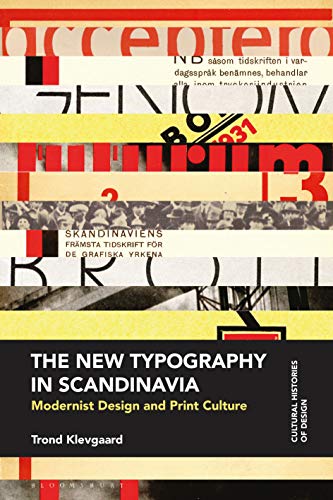The book begins by tracing how the New Typography, from its origins in the central and eastern European avant-garde, arrived in Scandinavia. It considers the movement's transformative impact on printing, detailing the cultural and technological reasons why its ability to act as a modernising force varied between different professional groups. The last two chapters look at how New Typography related to Scandinavian society more widely by looking at its ties to functionalism and social democracy, paving the way for a discussion of the reciprocal relationship between the culture of practitioners and the cultural work performed through their practice.
Based on archival research undertaken at a number of Scandinavian institutions, the book brings a wealth of previously unpublished visual material to light and provides a fresh perspective on a movement of central and enduring importance to graphic design history and practice.











